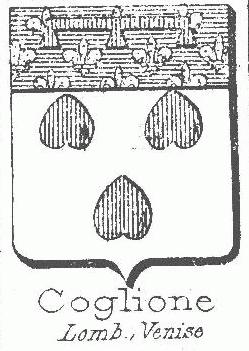
I hope that this page is in violation of Public Law 104-104, especially title V section 507, otherwise known as the Communications Decency Act of 1996. struck down by the US Supreme Court on June 26, 1997.
According to Nicholas Upton (De studio militari, 15th c., published 1654), the earl of Salisbury once gave arms to a valiant soldier which consisted of 3 partridges; which Upton explained as an allusion to the man's homosexuality, since, according to medieval bestiaries, the partridge displayed "aberrant" behavior. (Cited in Dennys, The Heraldic Imagination).
Woodward's Treatise of Heraldry cites the coat of arms of the Pomeranian family of Pirch, which also appears in Rietstap and is illustrated in Rolland. Impaling the coat of Pirch ( Azure a perch per pale argent, canting arms) is the following: Gules on a terrasse vert a woman nude, between her legs a fox running from dexter to sinister, holding hay in its mouth, the woman holding the tail of the fox and rubbing her body with it.
I am not making this up.... In fact, here is the illustration....
Interesting example of canting arms: the family of Coglione, in Naples, bore per fess argent and gules, three pairs of testicles counterchanged. One Bartolomeo Coglione, a soldier who distinguished himself in the service of René d'Anjou, king of Naples, was allowed to quarter his arms with those of his king (France ancient with a bordure gules).

If the sex of the animal is of a different tincture, the animal is said to be vilené (pizzled in English blazon). If the sex is missing, the animal is éviré. I don't think you need to blason the fact that the horse is anatomically correct if the sex is not of a different tincture (lions ought to be correct in the first place).